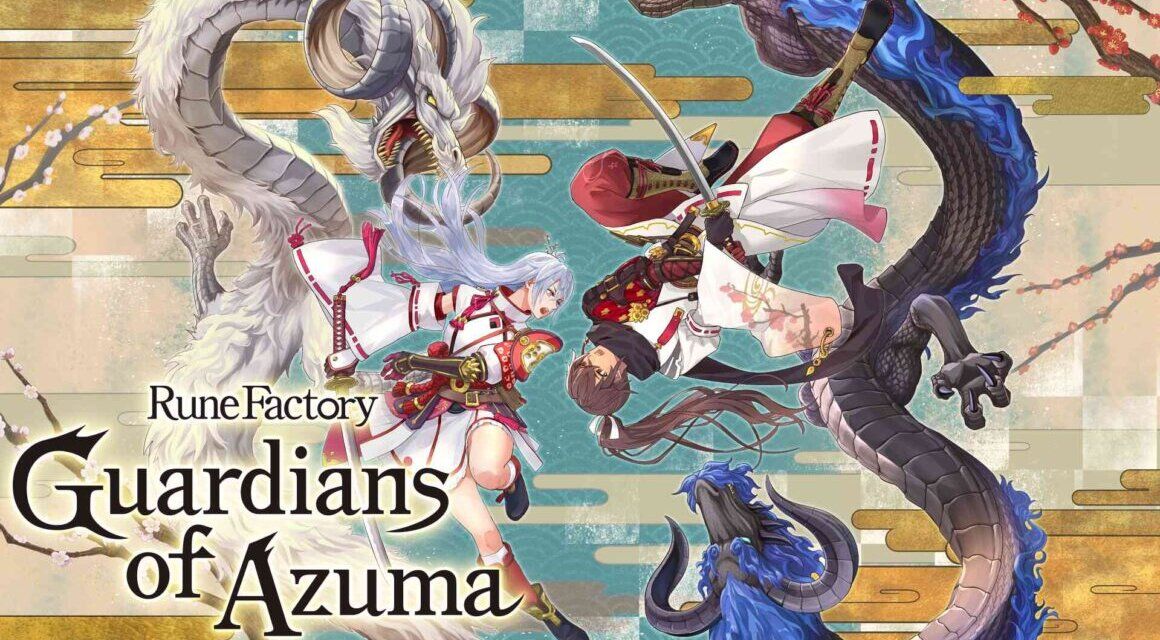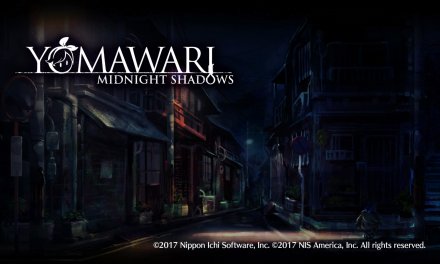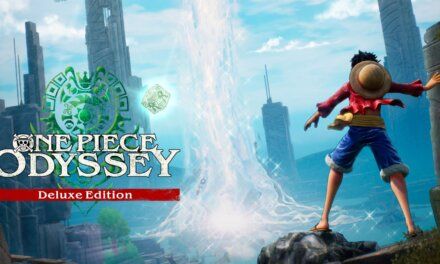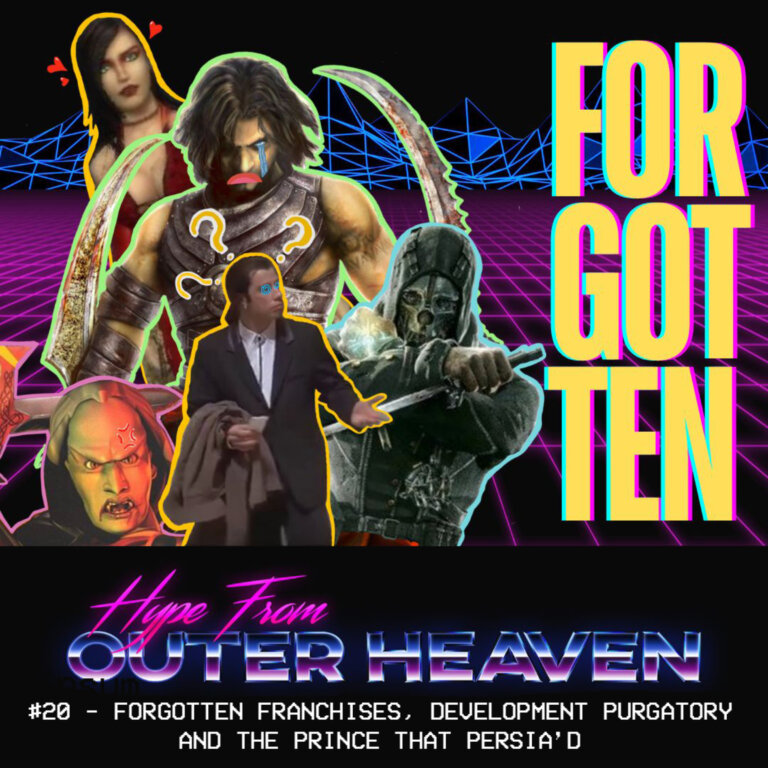Full of Eastern Promise
Rune Factory: Guardians of Azuma is the latest release in the Rune Factory series but while it does not follow the traditional numbered mainline series meaning this does not follow Rune Factory 5 it is a spin off much like Rune Factory Oceans and Frontier. Rune Factory is a series I got into sometime in 2022 shortly after Rune Factory 5’s release and was the game that got me into the series and it becoming one of my most played games on the Switch clocking 100’s of hours each across the mainline games.
Rune Factory: Guardians of Azuma takes place on the eastern continent of Azuma which consists of floating Islands and has buildings and characters reminiscent of Edo Era Japan, You play as one of two protagonists and can choose between the male or female option and choose your name. You are an Earth Dancer which is a variant on the Earthmate which is what Rune Factory protagonists are known as, you wake up with Amnesia and have the power to essentially save the world and will spend your time interacting with people you meet, growing crops, fishing and all of typical tasks that come from a farming sim. You will meet a Dragon God who has the appearance of a Wooly and has the unfortunate name of Woolby but will always remind anyone that he is not a Wooly, overall he has a great personality and I enjoyed his presence throughout the story.
As an Earth dancer you are tasked with removing the corruption that has befell all of Azuma and you do that by using a variety of tools to rid the earth of different corruption elements that become available during the course of the story. By doing this you restore each Village to it’s former glory. The story while pretty standard fits the narrative of the game and with a cast of fully voiced cutscenes during the story it is one of the most engaging Rune Factory games in terms of Story to date.
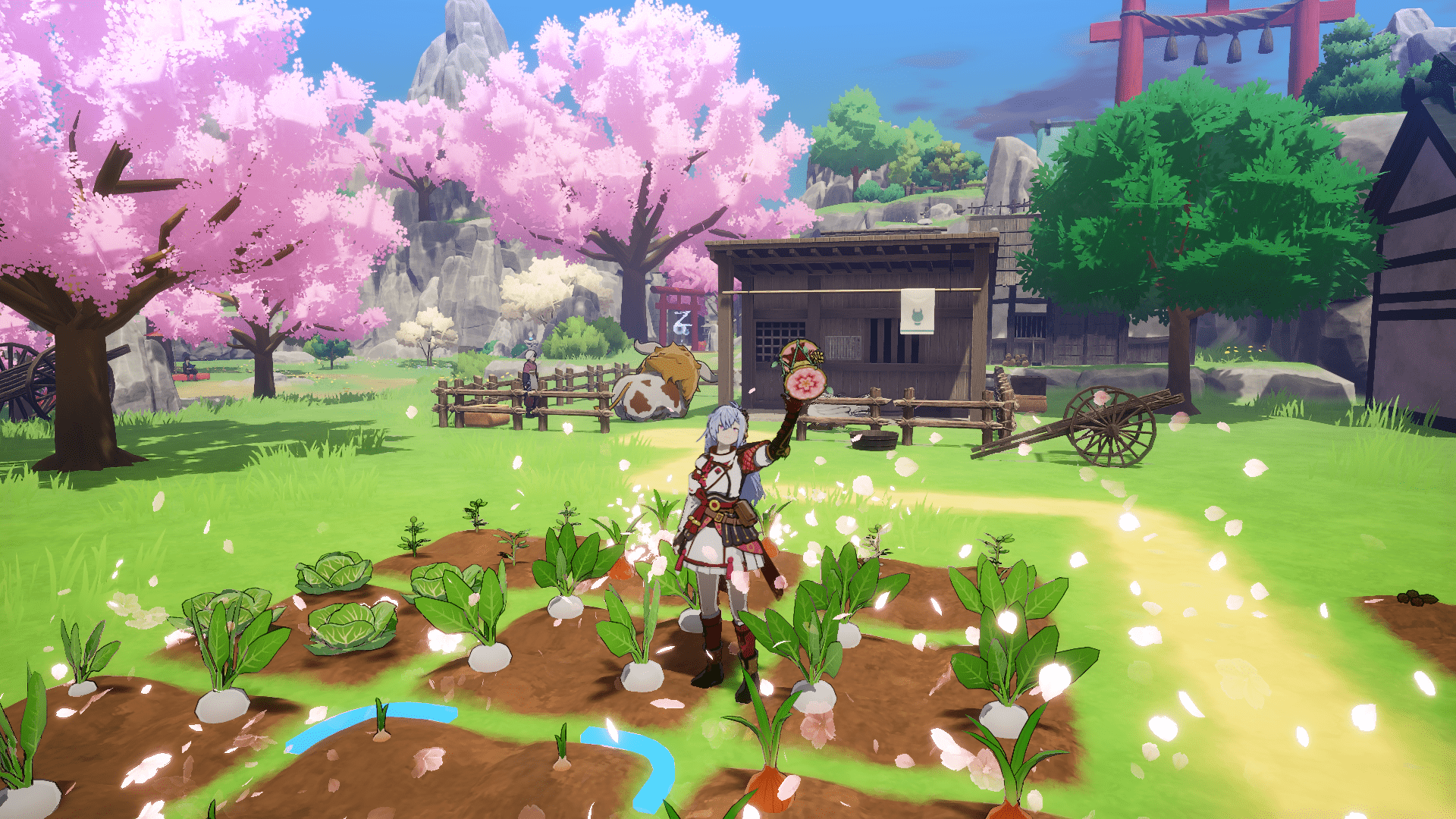
In Guardians of Azuma you will rebuild several villages with the tools you have at your disposal, you will be able to use the carpenter and your earned resources to create new houses, footpaths and decorations in order for residents to move in, by upgrading the village you will be able to increase its scenic score and by having a functional village you will evaluated on the progress at the end of each working day by Woolby, if your Village doesn’t meet the villagers needs however they may end up leaving, I would say my minor issue with this is that Woolby will only advise you if there is not enough homes to meet the amount of Villagers or if you do not have the amount of funds to meet their needs also, each of these are easily remedied as money is easy to come by but it’s not easy to tell if you have enough houses as the general interface does not tell you this even though you know how many people are in the Village unless you go around your village and see how many houses you have as well as knowing actually how many residents a building can actually house. The base building works really well and you can toggle an overhead view which makes it a lot easier although the third person view also does the job just as well.
In terms of speed, the long days of Rune Factory 5 are now a thing of the past, days tend to be much shorter now although depending on what you do in the day can increase this, whilst your working the farm or building the village and fighting a boss, time is stopped until you resume normal gameplay, this means you never have to worry about spending a full day building a village to your liking, so if it’s late at night in game and you decide to redesign your village which could take some time you can do this without any issues or worrying about collapsing and going into the next day. While farming in Guardians of Azuma is a thing, like previous games it is not necessarily a requirement and it eventually becomes automated much like other aspects where Villagers will do the work for you, they will even put the crops in the shipping bin and it will also tell you exactly what you have acquired even if you’re in another part of the world altogether. The shipping will even tell you the net balance and how much fees are taken into account each day so if you happen to not put anything in the shipping bin then it will come from your current funds so it’s worth making sure you have enough to cover this if you don’t. A lot of the day will go quicker simply by raising your bond with the massive cast of new marriage candidates and other characters that you can bond with. Once a day you can do an activity which will take a certain amount of time, this can range from 10 minutes to 60 minutes and if you bond with several people this will make the day progress quicker as the elapsed time will have moved forward depending on the activity, it’s also worth noting that depending on who you are bonding with they might not like certain activities and doing these can have a negative effect and actually make you lose bonding points with that character. Just because there is an option with that character does not mean they will enjoy the activity at all, if you aren’t so sure always go with the safest option.
In most previous Rune Factory games you level up your appropriate skills by performing an action that corresponds with it such as just simply Walking around or Eating and even Sleeping, but in Guardians of Azuma it works slightly differently. While you do gain EXP by using different weapons you will gain EXP by other tasks such as shipping a large variety of Items. Using a Bow for example will allow you to use Bow EXP to learn skills in the skill tree of the Bow weapon, should you exhaust this EXP you have the option of using All-purpose EXP which you get from carrying out other aforementioned daily activities and this EXP can be used in any skill tree providing you have enough of it. This EXP while farmable will only actually accrue once you have gone to bed and will be available the next day to use. This means that overall there is no level system in place for skills and while some of the skills will increase your stats they are minor upgrades and while skills like Fishing, Mining and Logging are all here in the game they are activities you can do simply to get more resources and will not make your character stronger overall. I also feel like certain other elements of the game are weaker now, when you eventually get to raise monsters they get put in a barn and can be assigned a villager to take care of them, while you can take them out to adventure with you I can’t see any way to take care of them yourself, you can’t feed them and there appears to be no relationship meter with them either, they get taken care of by the villagers and the Items they produce again much like farming gets added to the shipping bin.
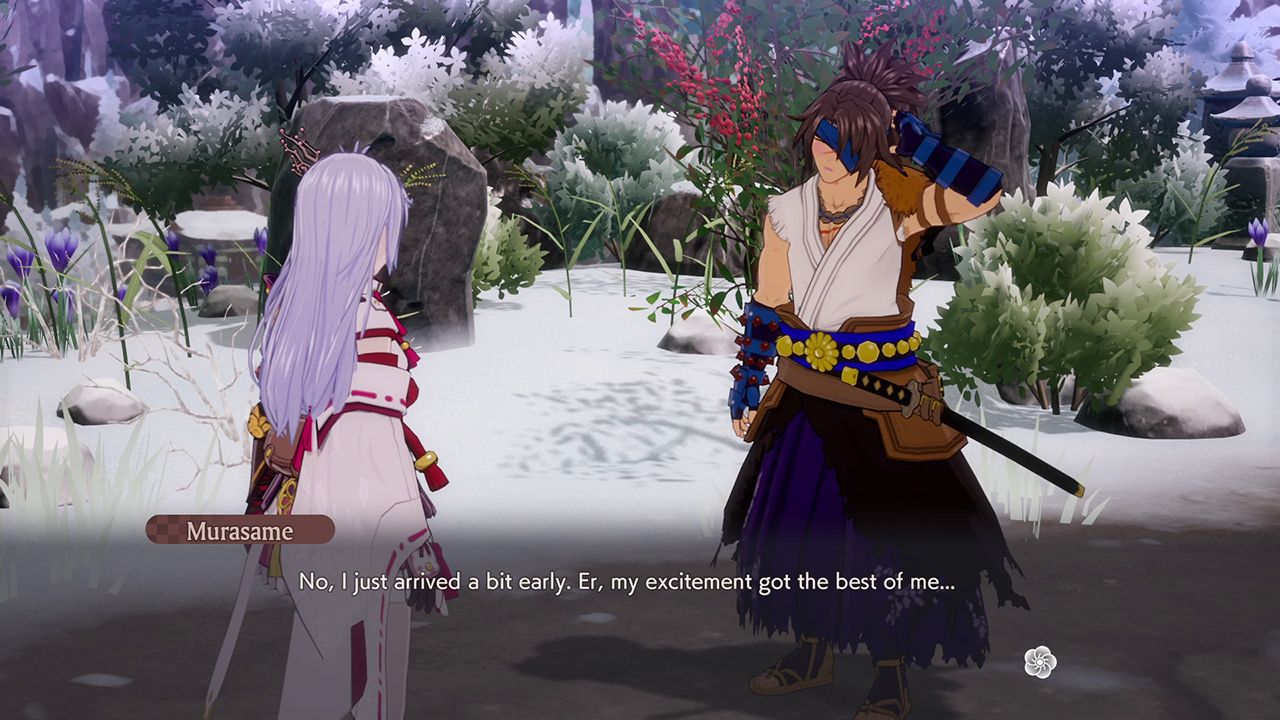
Whilst upgrading the village you will hire the blacksmith who will forge new items be it through Items you have found or upgrading your gear for a fee, these do become more expensive quickly and the upgrades are substantial. This differs from past games where you can find a good weapon early on which will carry you throughout the rest of the game, I have yet to find a weapon or gear out in the wild which breaks the game early on but I believe this is the intention. Your Character again earns experience which will increase their level and make them stronger but farming this is somewhat limited in that experience is scaled to your characters level so if you go back to defeat weaker monsters to your current level you will be earning very little to the point it is just not worth it, you do get EXP scrolls throughout the course of the game which do give a boost to this.
Graphically Rune Factory: Guardians of Azuma looks good but being quite a big game with some larger open areas there are some texture and graphical inconsistencies. While the game generally looks nice textures such as trees and shadows can pop up as you get closer to them, I find this to be more noticeable whilst playing in handheld however I found overall performance to be quite good especially when it comes to the previously released Rune Factory 5, while there are some larger areas on the map they are much smaller and there is much more welcome details in the overall world such as abandoned camps, secret areas, however some areas which have rock formations or tall precipices suffer the same fate as Rune Factory 5 with bland textures. With this Switch 2 version of the game coming out on the same day as its release, I do imagine the performance on the version to be a lot more consistent. The dungeons overall tend to be the best performing areas and have the best designs also but I think this is down to how smaller they are in comparison to the open world. While exploring the world you find secrets to uncover and learn new recipes by interacting with many frog statues found in the world.
Guardians of Azuma is a fantastic addition to the Rune Factory series and while it does introduce different and new gameplay elements it has some which you may expect to which just do not exist, if you come into it hoping for more paragon levels of building your character then you may be disappointed. It’s not uncommon for the spin off Rune Factory games to have different gameplay elements but the various skills have still been something that was retained over the years, still there is plenty to do and if you stray off the main scenario there is plenty of additional stories to get behind, you can do requests for the villagers for extra resources and all side characters have their own side stories if you focus on each of their relationships and like the main story these are mostly voice acted. Guardians of Azuma is very much an story focused RPG with retaining elements from the Rune Factory series and whilst some new ones have been introduced some feel less engaging as before, however the game is still huge and once you do go to explore new islands you will see the scope of the game, some of these optional areas I have yet to explore or finish, there is still a massive world to uncover.
A Nintendo Switch code was provided by Marvelous Europe Limited. This article is featured on OpenCritic

